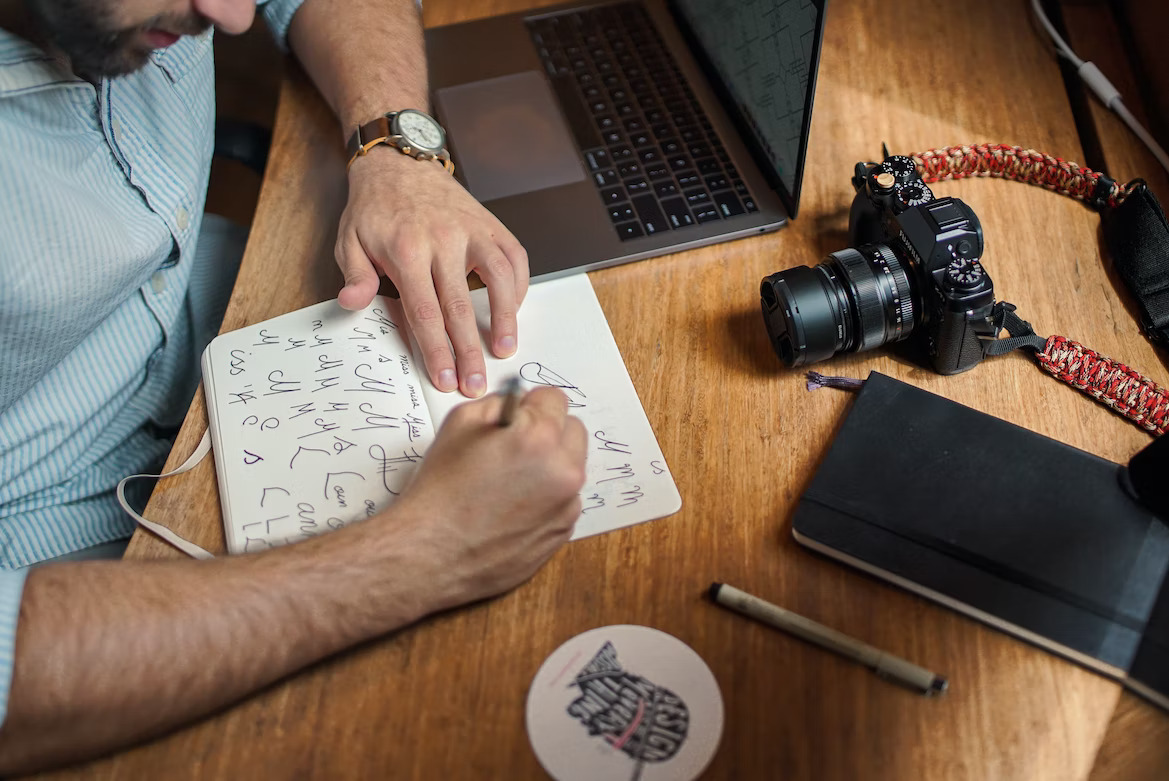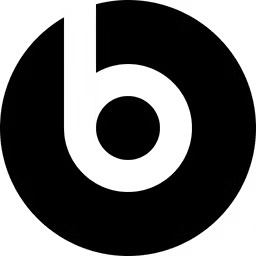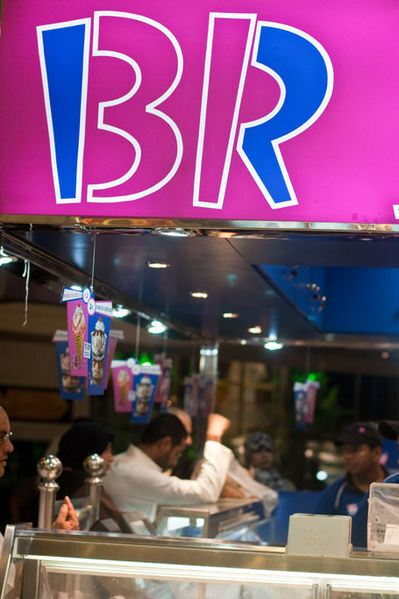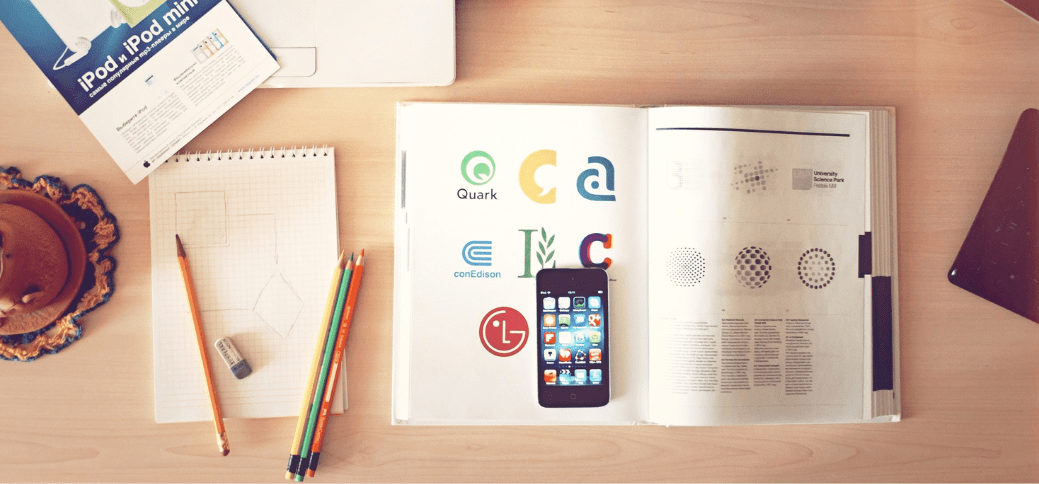Your logo is basically your brand encapsulated into a graphical representation.
Any good logo tells you things about the brand at first glance.
For example, Nike’s logo is a swoosh tick mark that subconsciously indicates correctness to the consumer.
When you are setting out to design your brand logo, in order to achieve a similar connection with your audience, you will definitely want to explore how you can factor symbolism into your logo design.
You will also want to know how different color palettes, images, designs, and other elements can, and should help define your logo design as well as compliment your brand.
This article will tell you more about symbolism in logo design, as well as how to incorporate it into your brand design.
What Is Symbolism?
The most basic explanation of symbolism is the idea that one thing can be representative of something totally different.
In fact, we would argue that symbolism predates other forms of communication: things like hieroglyphs and cave paintings have definitely been around longer than written language, and after all, both of the above are examples of symbolism.
In other words, symbolism also means that we can use pictures or icons to convey ideas and channel information.

How Is Symbolism Used In Graphic Design?
Like we mentioned earlier, symbolism can be used to instantaneously communicate a concept or idea to the audience.
As far as logo design is concerned, brands may make use of symbolism in various ways, both direct, as well as indirect.

For instance, in the “Beats By Dre” logo, there is hidden the silhouette of a pair of headphones, viewed from the side. The big circle is representative of a human head, and the red negative space is to symbolize the headphones on the person’s head.
Here are some examples of famous brands using symbolism in logo design:

Adidas: The triple stripes have always been an Adidas trademark, but the fact that they have been arranged into the shape of a mountain is to indicate the challenges that athletes face, and the increasing length of the stripes represents getting better and more consistent over time. Fun fact: Did you know that Adidas and Puma were founded by two brothers?

Amazon: Another famous example of symbolism in logo design is of course, the Amazon logo. Although many people think that the orange arrow under the words “Amazon” is a smile (which it is), it is actually an arrow from A to Z, telling customers that they “can buy anything from A to Z” on Amazon.

Baskin Robbins: Lastly, even in the Baskin Robbins logo, you will notice that half of the “B” and half of the “R” in the logo is pink. This color coordination is more than pure graphic design aesthetics — it gives us the numbers 3 and 1, which is representative of the 31 flavors of ice cream that Baskin Robbins carries.
Incorporating Symbolism In Logo Design For Your Brand
Here are some pointers to keep in mind when if you want to incorporate symbolism in logo design for your brand:
1. Know Your Target Market: By this, remember that certain cultures, peoples, and countries will use and view symbols very differently from one another.
For example, the swastika in Germany is safely construed as a no-no, but is perfectly acceptable in Asia and other countries.
2. Remember History: Using logos that look too similar to other logos, even if companies have changed their logos is also a sticky situation.
For instance, Pandora (the streaming service) caught flak because their logo was too similar to PayPal’s.
Now, they have redesigned their graphic, adding lines for soundwaves, and increasing the spacing.
Here are some of the types of symbolism that you can use in your logo design:
- Animals: For example, Owls signify wisdom and expertise (think consultants), Swans are representative of beauty and elegance (think makeup and beauty), Lions are of strength and courage (think sports or getaways), etc.
- Florals: For instance, Olive Branches symbolize peace (think anything relaxing and peaceful, like resorts), Roses are symbols of love (elegance, so think fashion/ beauty brands), Lotus flowers represent restoration (Think getaways, spas, and yoga studios), etc.
- Geometric: Triangles show unity and balance, circles show wholeness and completion, squares show stability, and you can even use more radical shapes like octagons to build out of the box brand images.
- Celestial: Stars are used to show passion and knowledge, the sun is for warmth and life, and the moon represents balance.
- Color: Red is the color of passion, force, and excitement (more suited towards younger brands), Blue represents elegance and wisdom, with deeper shades being psychologically linked to loyalty and class, Green shows health and nature, Yellow is youthful and cheery, and black/white show power and straightforwardness.
This is where it can really be beneficial to you if you decide to use Professional logo design services — these are done by industry experts who have the required experience and know-how to design a good logo for your brand, one that will stick in peoples’ minds.
You can retain or hire a logo design agency to perform creative logo design services or (custom logo design services) for your brand.
As an added bonus, more often than not, these logo design agencies usually also offer brand design as a service as well — which could be something worth looking into.
Symbolism: This Is Just The Beginning
A key component of symbolism is that it can, and often does, transcend the barriers and boundaries of languages.
For instance, no matter what language you speak, the skull and crossbones on a yellow, red, or black triangle indicates possible fatal danger, no matter what the situation.
Other examples of symbolism in our daily lives are:
- The use of emojis when texting;
- Street signage symbolism (Stop Signs, No Parking, No Left Turn, U-Turns);
- Political Party Symbolism;
- Religious Monument Symbolism (The Christian Cross, The Hindu Om,), etc.
Hopefully, you are now off on your journey of including symbolism in logo design with respect to your own brand, which, trust me, will work wonders for your brand image in the long run.
With that, we come to the end of this short piece, and I’ll see you in the next one.

